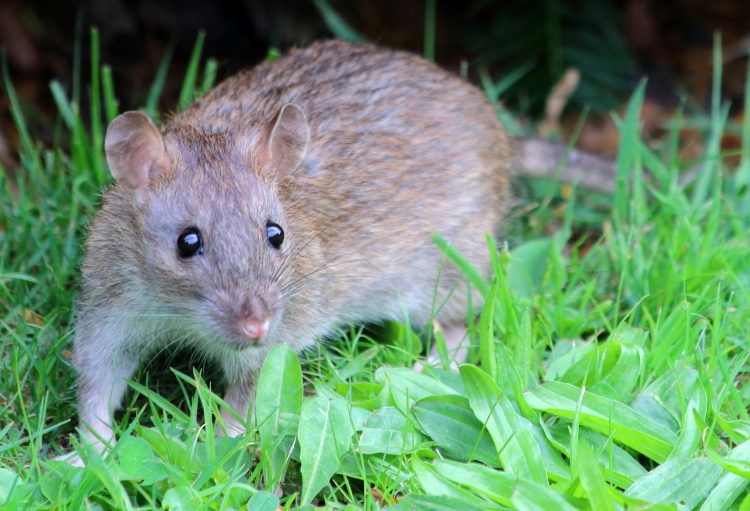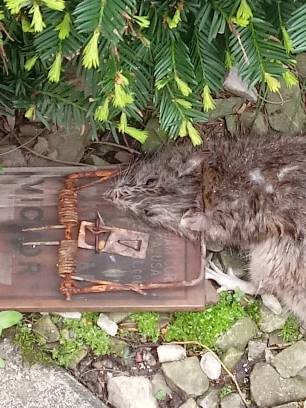
Folks living on Baldwin Street weren’t the only Bridgeville residents forced to relocate after last summer’s devastating flood.
Some of the area’s rats may have also decided that it was time to leave Baldwin Street.
That could explain why the rodents have been “infesting” Laurel Street during the past 10 months, as some residents say.
“They are tunneling in everybody’s yards and the foundations of our houses,” said Nina Sinciline. “They are everywhere. We need help. This is a serious problem.”
Since the flood, Sinciline began to notice rats in the area. So did some of her neighbors. This past weekend, she says, the neighbors got together and realized that the problem is bigger than they thought.
“We talked yesterday and just realized that they are everywhere,” she said. “Ever since McLaughlin flooded last summer we’ve been seeing them.”

Although no Bridgeville officials were available to comment, borough employees were recently made aware of the residents’ concerns and sent a public works crew to look for signs of rat activity on borough-owned properties.
Meanwhile, residents have been trying to tackle the problem with a combination of poisons and traps.
It is not uncommon for rodent populations to shift following floods. If part of a rat colony dies in a flood, the survivors often relocate., according to the Centers for Disease Control:
As the rodents settle into new areas, they will build colonies and reproduce. Typically, it takes 6 to 10 months for rodents to reestablish their colonies after a disaster. As the rodent population grows and resettles, people have a greater chance of being exposed to the diseases carried by rodents.
Given that humans have been losing the war on rats for thousands of years, the Humane Society advises making houses impervious to rats and making surrounding areas less attractive to the rodents, especially eliminating potential food sources.
Eighty percent of any effective rat-control effort should focus on trash management, says Bobby Corrigan, a rodentologist who works in America’s rat capital, New York City.
While traditional means of rat control haven’t made a dent in the New York’s rat population, city officials had reported some success killing off colonies—and not killing off other wildlife—by shoveling dry ice into rat holes. Apparently, it quickly suffocates the rodents via carbon dioxide. Washington D.C. recently adopted the same tactic.